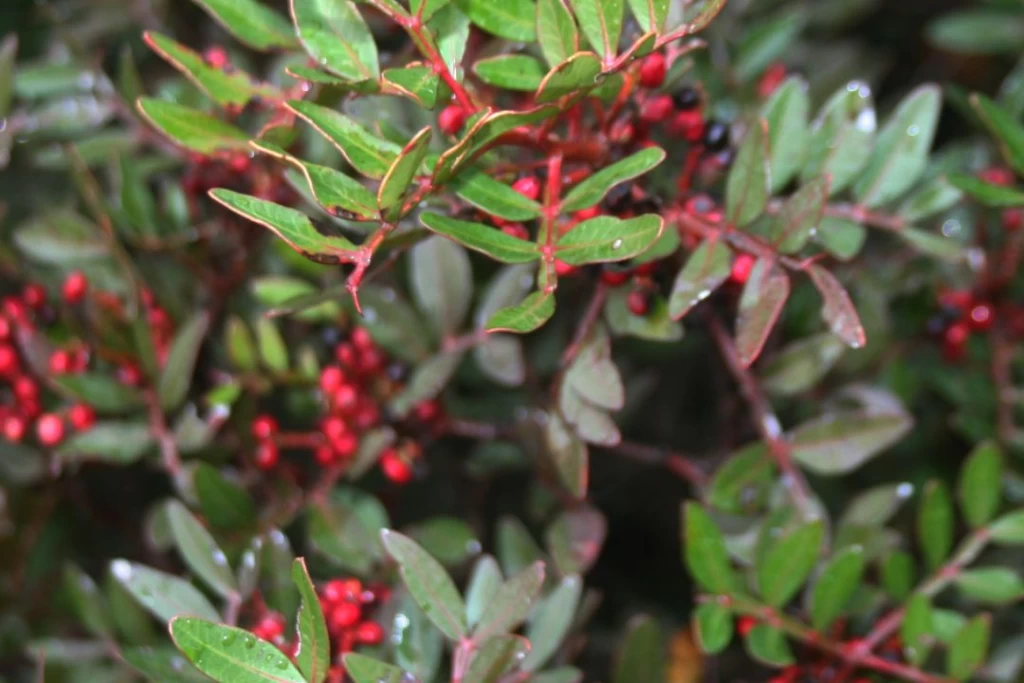
Mastic Tree and Tamarisk: Two Plants that Embody Mediterranean Nature in Landscaping
When it comes to plants with character, resilience, and environmental value, few can compare to the mastic tree (Pistacia lentiscus) and the tamarisk (Tamarix gallica). These two authentic Mediterranean species combine natural adaptability with aesthetic harmony in the landscape.
Pistacia lentiscus (Mastic Tree): The Plant of a Thousand Uses
The mastic tree is an evergreen shrub or small tree, known for:
- Its dense, dark green foliage
- Its resilience to drought, salinity, and intense sunlight
- Its low maintenance needs and ability to form natural hedges
Best suited for:
- Xerothermic landscapes and coastal areas
- Creating green barriers or property boundaries
- Bioclimatic planting, as it helps reduce soil temperature and increase shade
- Use as a specimen plant for focal points in the landscape
Tamarix gallica (Tamarisk): The Natural Shield of the Coastline
The tamarisk is one of the few trees that can withstand high salinity, strong winds, and direct coastal exposure. It is distinguished by:
- Its fine, graceful form with scale-like leaves
- Its spring or summer blooms in shades of pink or white
- Its adaptability to sandy or nutrient-poor soils
Ideal for:
- Coastal plantings in both private gardens and public spaces
- Soil stabilization in coastal areas
- Providing shade without obstructing sea views
Why Choose These Plants
Both species:
- Are evergreen or semi-evergreen with low irrigation requirements
- Withstand harsh conditions such as salinity, heat, and drought
- Offer ecological value by providing habitat for beneficial insects and birds
Incorporating them into modern landscaping projects aligns with the principles of sustainability, natural design, and adaptability.
At Interplants, we specialize in supplying and planting high-quality Mediterranean species. If you are planning a project in a coastal or challenging environment, the mastic tree and the tamarisk are the perfect solutions.
www.interplants.gr
